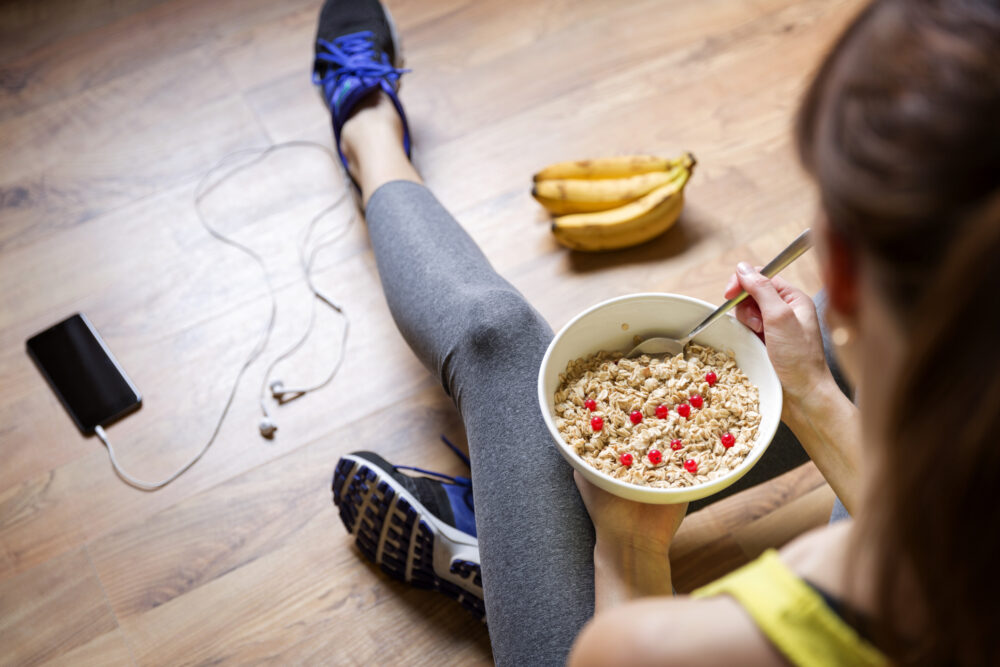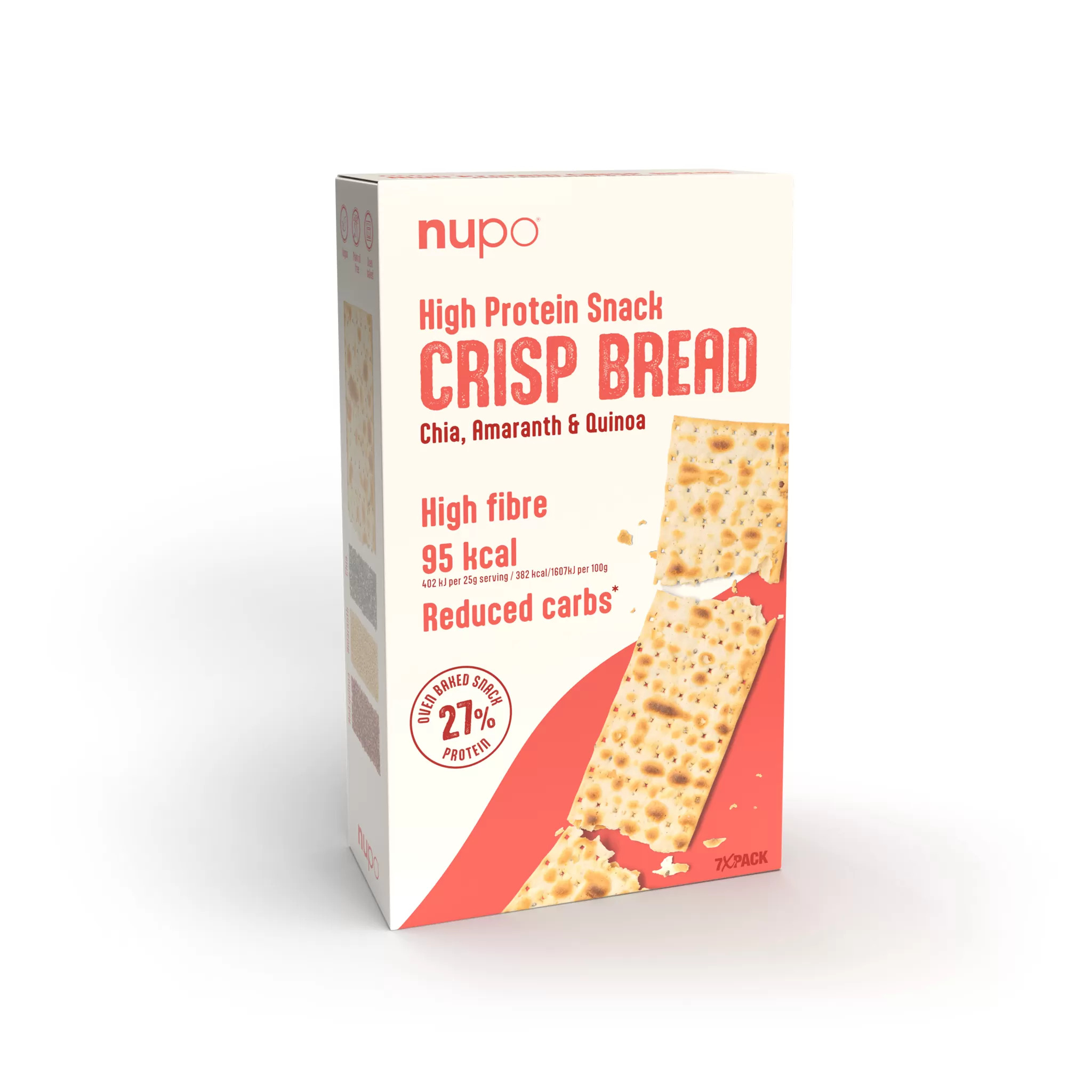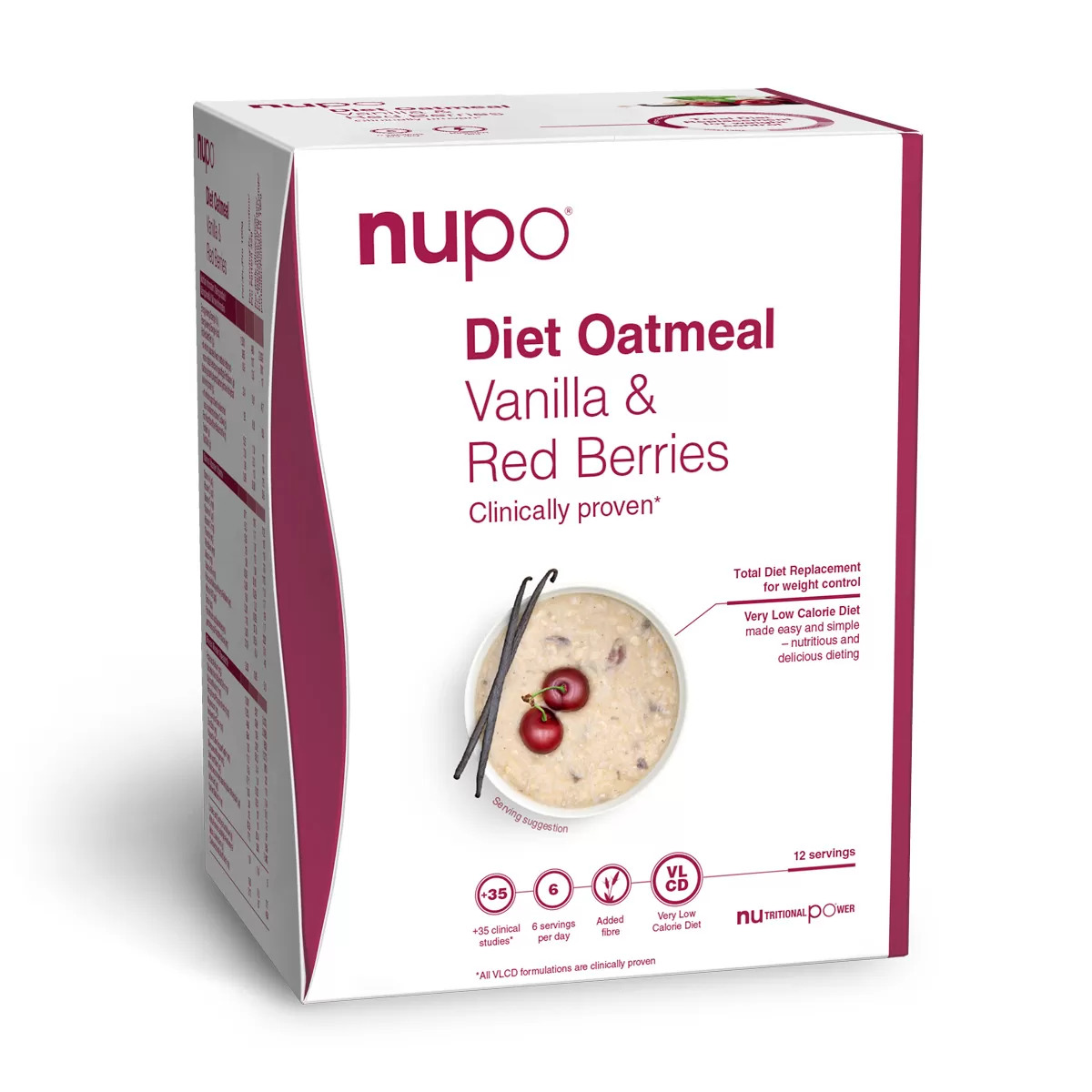Medzisúčet 0
Initial Very Low-Calorie Diet VLCD improves ultimate weight loss

– by Quaade, F. & Astrup, A. (1989).
Introduction
Very Low-Calorie Diet (VLCD) if it is of an adequate composition, especially with regard to protein, has long been a safe way of bringing about a considerable weight loss in obese persons within a reasonable time. We have used Nupo as a VLCD in the proper sense of the word, i.e. as the sole source of nutrition, for monthly periods. Furthermore, we use it as the mandatory base in diets of higher energy contents, usually 1000 kcal. One major reason for this is our experience that many patients do not follow a traditional diet instruction and, having done so, try to remedy this by eating less of the diet’s valuable components. Alternatively, they try to keep within the traditional diet’s overall energy frame by inserting grossly insufficient periods of total or near-total starvation. In our diets, the nutrition powder is supplemented with iso-energetic units of ordinary food and drink, each of about 63 kcal, and the portions are visualized as small pictures (“counters”) of which there are three colors: blue for items rich in protein, green for items rich in fiber, and red for sweets, fatty items, and alcoholic beverages.
As the VLCD core of the diet covers all nutritional needs, complete freedom is allowed in the patients’ choice of the 10 counters (about 630 kcal) that are allowed in the program. This regime of freedom within limits has been tested in a randomized trial and proved to reduce the dropout rate significantly. All instruction and control are done in groups, which saves resources and has obvious psychological advantages.
Methods
Thirty-eight consecutive obese persons were treated as outpatients. The treatment commenced with the VLCD formula diet Nupo (females 388 kcal, 56 g protein; males 446 kcal, 69 g protein). VLCD had no untoward effects and was continued for as long as the patient would accept. After that, the formula diet vas supplemented with ordinary items of food and drink to the level of 1000 kcal for women and 1100 kcal for men. After 5 months the data were analyzed separately according to the duration of VLCD: group 1 (n=20): VLCD for less than 2 months, and group 2 (n=18): VLCD for 2 months or more. The two groups were comparable with regard to height, absolute weight, and precentral overweight, but group 2 was somewhat older than group 1 (49,5 vs 38,3 years, P≤0.01).
Results
The weight losses of the two groups are very different. Group 1 who had given up VLCD early, lost much less weight, both in absolute and relative terms than group 2 who had more faithfully stuck to the initial VCLD regimen. The differences are significant with regard to both total weight loss and weight loss on VLCD. Group 2 lost significantly more weight, both totally (17.1 kg (7.8-40.1)) and on VLCD alone (12.3 kg (4.1-28.8)), than group 1 (8.7 kg (-1.1-19.1) and 7.3 kg (0.9-18.2). Weight losses in both groups eliminated or strongly reduced the need for a wide variety of expensive drugs: antidiabetics, diuretics, antihypertensives, analgesics, etc.
Conclusion
It is concluded that VLCD is an effective and encouraging way of starting a dieting program and that it should be continued for at least two months, as the length of the initial VLCD period related significantly to the amount of weight eventually lost.
For the full study, click here.




